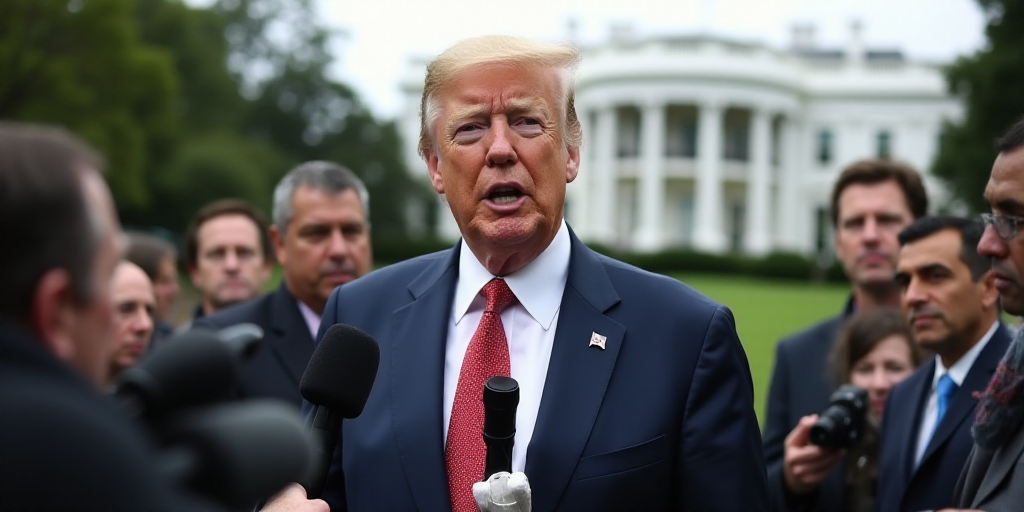Background on Donald Trump and His Relevance
Donald Trump, the 45th President of the United States, served from January 2017 to January 2021. Known for his business background and reality TV fame, Trump’s presidency was marked by controversial policies and a strong focus on “America First” ideology. His actions often targeted trade, immigration, and national security.
Executive Order Details
On a Tuesday, Trump signed an executive order outlining a formula to reduce tariffs on US imports of auto parts originating from countries within the United States-Mexico-Canada Agreement (T-MEC).
Tariff Reduction Formula
According to a White House information sheet, if an 85% content of US or T-MEC origin is used in manufacturing a car in the USA, no tariffs will be imposed on that vehicle’s production for the first year. For vehicles with 50% US or T-MEC content and 50% imported parts from other countries, the tariff on imported components will be reduced to 35% for the first year.
Penalties for Excessive Tariff Reduction Requests
The executive order imposes strict sanctions on importers who request tariff reductions exceeding approved amounts.
Rationale Behind the Changes
During a rally in Michigan marking his first 100 days of his second term, Trump claimed that Mexico and Canada have taken away a portion of the US automotive production in North America.
- Claim: Mexico has taken 32% of US auto production, while Canada accounts for 10-12%.
- Goal: Protect national security by incentivizing domestic car production and decreasing US dependence on foreign car imports and parts.
Tariff Compensation System for Auto Manufacturers
Trump’s executive order established a tariff compensation system for US vehicle manufacturers to avoid the accumulation of tariffs on cars alongside steel, aluminum, and Canadian or Mexican products.
- Compensation: 3.75% of the manufacturer’s suggested retail price for US-produced vehicles from April 3, 2025, to April 30, 2026.
- Compensation: 2.5% of the manufacturer’s suggested retail price for US-produced vehicles from May 1, 2026, to April 30, 2027.
These percentages correspond to a 15% tariff on the first-year assembled car value and a 10% tariff on the second-year assembled car value, assuming a 25% tariff on the car’s total worth.
Impact on Tariffs
All other car imports will continue to be subject to a 25% tariff, while the new system aims to encourage domestic vehicle assembly and minimize reliance on foreign car parts.
Key Questions and Answers
- Q: Who is Donald Trump? A: Donald Trump, the 45th President of the United States (2017-2021), known for his business background and reality TV fame.
- Q: What is the T-MEC? A: The United States-Mexico-Canada Agreement, a trade agreement replacing the North American Free Trade Agreement (NAFTA).
- Q: What is the purpose of Trump’s executive order? A: To protect national security by incentivizing domestic car production and reducing dependence on foreign car imports and parts.
- Q: How does the tariff compensation system work? A: US vehicle manufacturers receive compensation based on the suggested retail price of their domestically produced vehicles, helping offset tariffs.






